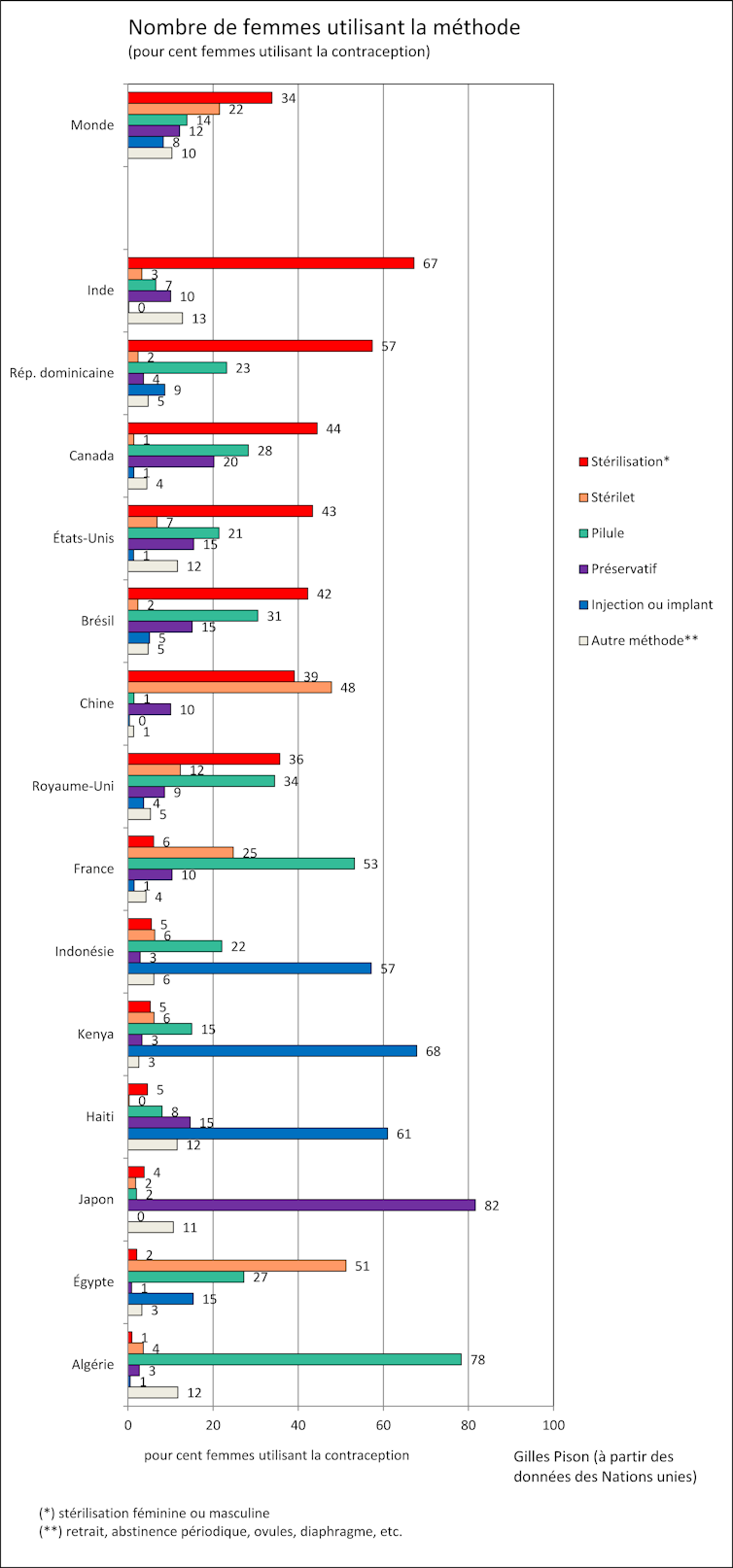Source: The Conversation – France – By Bernard Laurent, Professeur, EM Lyon Business School

On May 24, 2015, Pope Francis signed his encyclical Laudato Si’ – “Praise be to you” in medieval Italian. This letter to Roman Catholic bishops was no half measure: it took many Catholics by surprise with its uncompromising conclusions and call for an in-depth transformation of our lifestyles. In France, it managed to bring together both conservative currents – such as the Courant pour une écologie humaine (Movement for a Human Ecology), created in 2013 – and more open-minded Catholic intellectuals such as Gaël Giraud, a Jesuit and author of Produire plus, polluer moins : l’impossible découplage ? (Produce more, Pollute Less: the Impossible Decoupling?).
The Pope was taking a cue from his predecessors. Benedict XVI, John Paul II and Paul VI had also expressed concern about the dramatic effects of an abusive exploitation of nature on humanity:
“Man is suddenly becoming aware that by an ill-considered exploitation of nature he risks destroying it and becoming in his turn the victim of this degradation.”
What does Pope Francis’s encyclical teach us? And how does it reflect the Catholic Church’s vision, and his own?

A weekly e-mail in English featuring expertise from scholars and researchers. It provides an introduction to the diversity of research coming out of the continent and considers some of the key issues facing European countries. Get the newsletter!
The “green” pope
In the text, Pope Francis describes a situation in which the environment is deteriorating rapidly:
“There is […] pollution that affects everyone, caused by transport, industrial fumes, substances which contribute to the acidification of soil and water, fertilizers, insecticides, fungicides, herbicides and agrotoxins in general.” (§-20)
Laudato Si’ was published by the Vatican on June 18, 2015, a few months prior to the Paris climate conference. For the “green” pope, the aim was to raise public awareness around the challenges of global warming by creating a relational approach that included God, human beings and the Earth. It was the first time an encyclical had been devoted wholly to ecology.
In it, the Pope voiced his concern about the effects of global warming:
“Warming has effects on the carbon cycle. It creates a vicious circle which aggravates the situation even more, affecting the availability of essential resources like drinking water, energy and agricultural production in warmer regions, and leading to the extinction of part of the planet’s biodiversity.” (§-24)
Criticizing a “technocratic paradigm”
Since Pope Leo XIII’s Rerum Novarum, the various social encyclicals have consistently rejected the liberal idea of a society solely regulated by the smooth functioning of the market. The French sociologist of religion Émile Poulat summed up the Church’s position perfectly in 1977 in his book Église contre bourgeoisie. Introduction au devenir du catholicisme actuel, in which he writes that the Church “never agreed to abandon the running of the world to the blind laws of economics.”
In 2015, Pope Francis rejected technical solutions that would not truly be useful, as well as the belief in the redeeming virtues of a self-regulating market. He accused “the technocratic paradigm” of dominating humankind by subordinating the economic and political spheres to its logic (§-101). His comments are reminiscent of the unjustly forgotten French Protestant philosopher Jacques Ellul and his idea of a limitless “self-propulsion” of technology, which has become the alpha and omega of our societies.

Wikimedia, CC BY-SA
The pope’s charge against the supposed virtues of the market was spectacular. Among others, he criticized the following:
- overconsumption in developed countries:
“Since the market tends to promote extreme consumerism in an effort to sell its products, people can easily get caught up in a whirlwind of needless buying and spending.” (§-203);
- the glorification of profit and a self-regulating market:
“Some circles maintain that current economics and technology will solve all environmental problems.” (§-109);
- the hypertrophy of speculative finance:
“Politics must not be subject to the economy, nor should the economy be subject to the dictates of an efficiency-driven paradigm of technocracy.” (§-189);
- the unequal distribution of wealth in the world:
“In fact, the deterioration of the environment and of society affects the most vulnerable people on the planet: […] the gravest effects of all attacks on the environment are suffered by the poorest.” (§-48);
- the unequal levels of development between countries, leading Francis to speak of an “ecological debt” owed by rich countries to the least developed ones (§-51).
Social justice and shrinking growth
In Francis’s words, the goals of saving the planet and social justice go hand in hand. His approach is in keeping with the work of the [economist Louis-Joseph Lebret, a Dominican, who in 1941 founded the association Économie et humanisme. Father Lebret wanted to put the economy back at the service of humankind, and work with the least economically advanced countries by championing an approach based on the virtues of local communities and regional planning.
Pope Francis, for his part, is calling for a radical break with the consumerist lifestyles of rich countries, while focusing on the development of the poorest nations (§-93). In Laudato Si’, he also wrote that developed countries’ responses seemed insufficient because of the economic interests at stake (§-54).
This brings us back to the principle of the universal destination of goods – the organizing principle of property defended by the Catholic Church’s social doctrine, which demands that goods be distributed in such a way as to enable every human being to live in dignity.
In addition to encouraging the necessary technical adjustments and sober individual practices, Pope Francis is urging citizens in developed countries not to be content with half measures deemed largely insufficient. Instead, he is calling for people to make lifestyle changes in line with the logic of slowing growth. The aim is to enable developing countries to emerge from poverty, while sparing the environment.
“Given the insatiable and irresponsible growth produced over many decades, we need also to think of containing growth by setting some reasonable limits and even retracing our steps before it is too late. […] That is why the time has come to accept decreased growth in some parts of the world, in order to provide resources for other places to experience healthy growth.” (§ -193).
Nearly 10 years on, Laudato Si’ resonates fully with our concerns. In the United States, Vice President JD Vance and Secretary of State Marco Rubio, who both identify as Catholic, would be well advised to read it anew.
![]()
Bernard Laurent is a member of the CFTC and of the IRES Scientific Council
– ref. Pope Francis and Laudato Si’: an ecological turning point for the Catholic Church – https://theconversation.com/pope-francis-and-laudato-si-an-ecological-turning-point-for-the-catholic-church-253977








